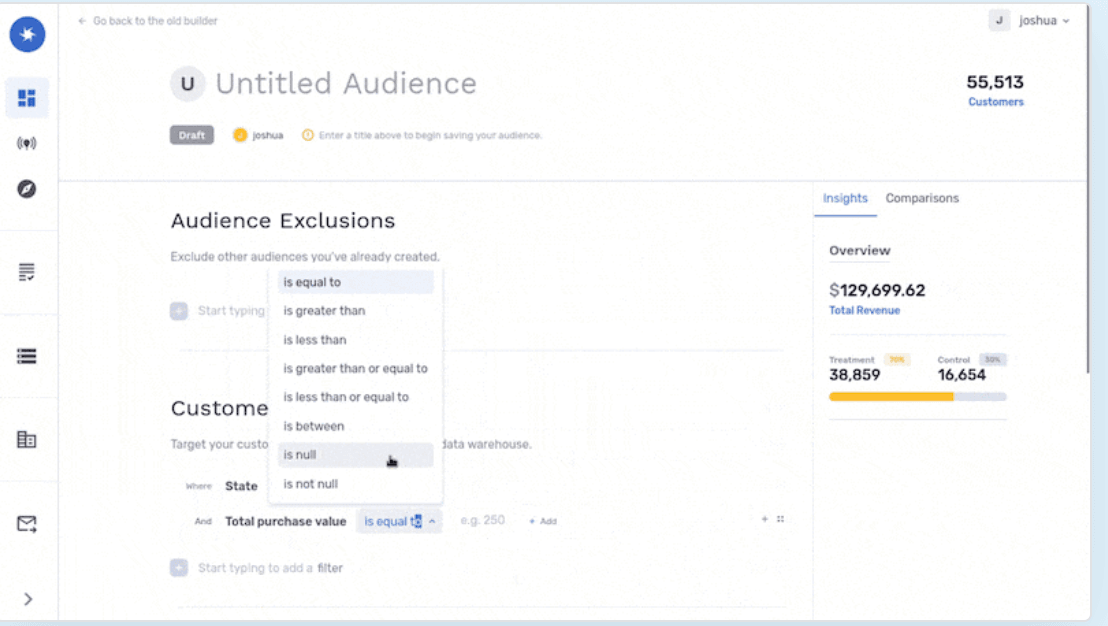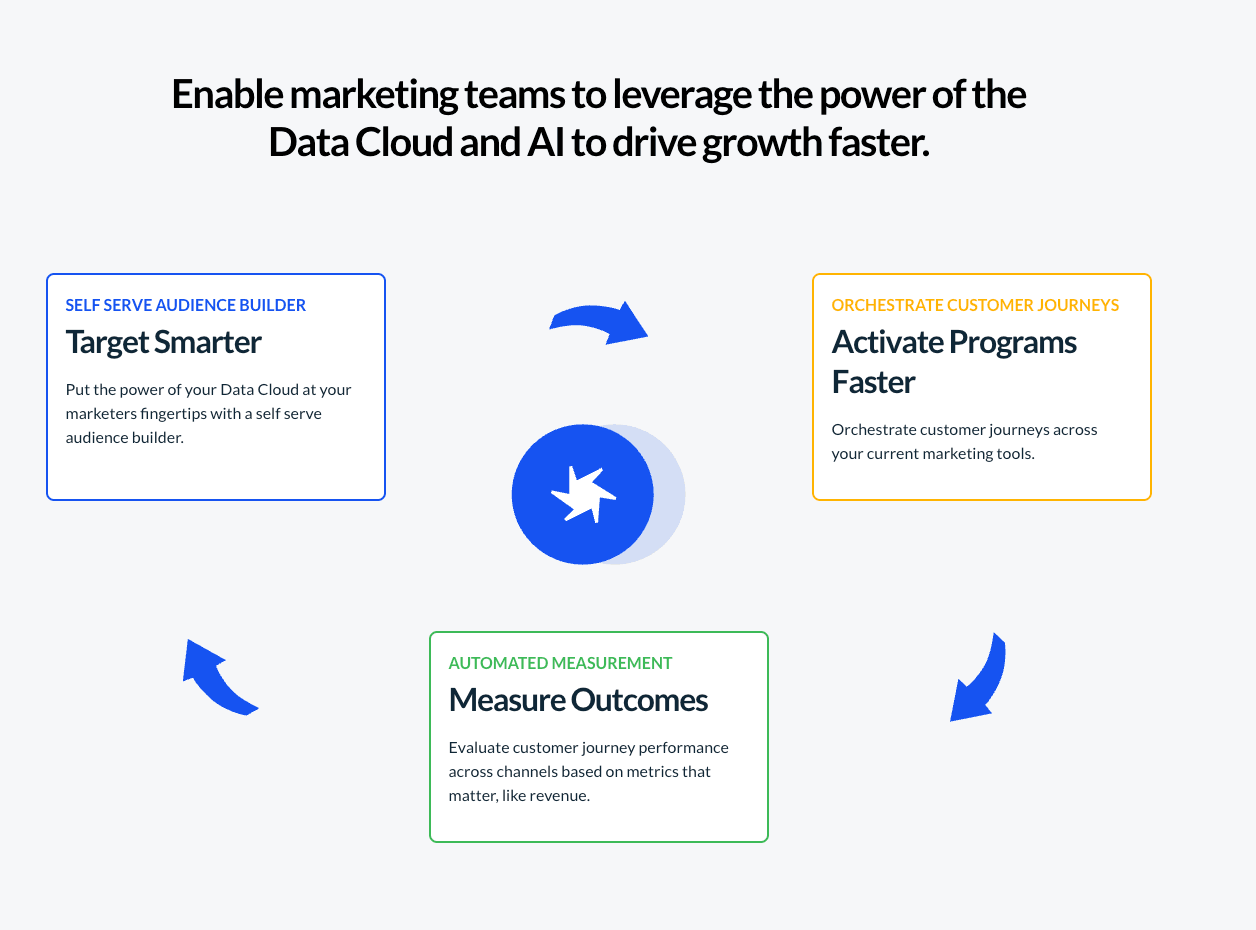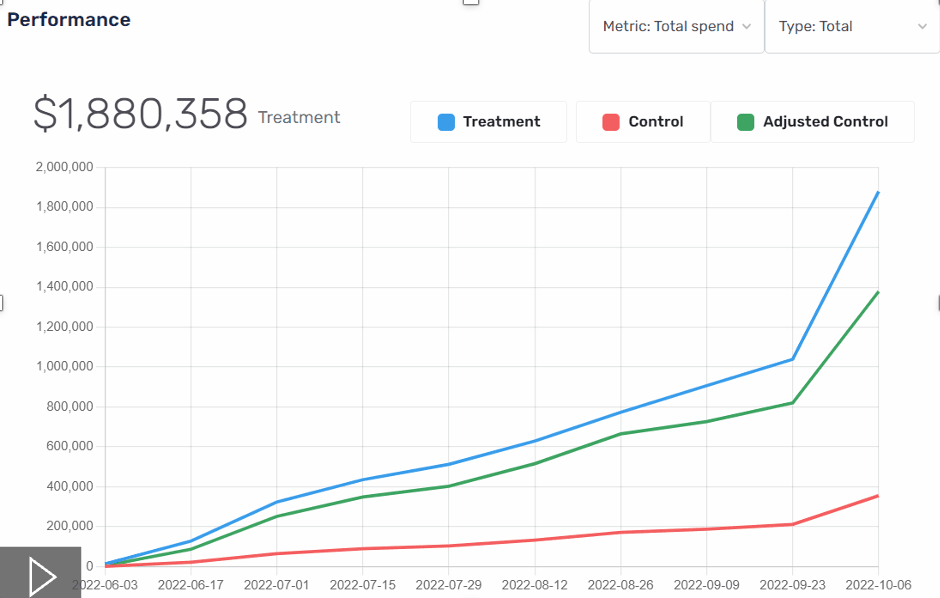Guide: Using the GrowthLoop composable CDP on BigQuery
Key Takeaways:
Traditional marketing clouds and packaged CDPs have limitations due to the need for duplicated data, creating inefficiencies and delays for marketing teams.
GrowthLoop's composable CDP on BigQuery eliminates the data gap by sitting directly on the data cloud, enabling faster audience creation and seamless campaign activation without SQL.
GrowthLoop's platform provides a self-serve interface for marketers, allowing them to easily manage targeted customer journeys, measure campaign impact, and reduce reliance on engineering support.
Success stories from Mercari and the Boston Red Sox highlight how GrowthLoop's solution enhances marketing efficiency, data accessibility, and customer engagement.


